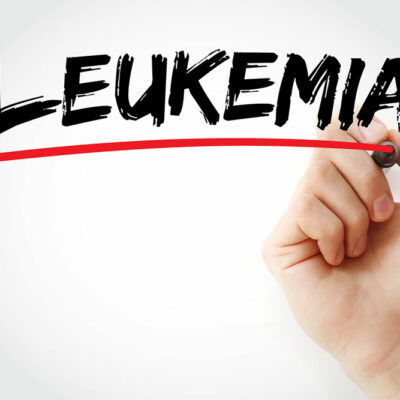
All you need to know about deep vein thrombosis
Deep vein thrombosis and Pulmonary embolism (DVT/PE) are preventable medical conditions, but many times these are underdiagnosed and severe.
In deep vein thrombosis (DVT), a blood clot is formed deep in the vein. These clots normally develop in the thigh, lower leg, or pelvis, but they can occur in the arms as well.
It’s important to know about this condition as it can happen to anybody and potentially cause disability, serious illness, and in some cases, death. The good news, however, is that if discovered early, deep vein thrombosis is preventable and treatable.
Complications
The most serious complication that can occur with deep vein thrombosis is when parts of the clot dislodge and travels through the bloodstream to the lungs. This can cause a blockage called pulmonary embolism (PE). People can recover from PE if the clot is small with appropriate treatment. Although, there will be some damage to the lungs. But a large clot can stop the blood from reaching the lungs, which is fatal.
Also, nearly one-third of people who have been diagnosed with deep vein thrombosis have long-term complications. The damage the clot does to the vein is called post-thrombotic syndrome (PTS). People who are suffering from PTS show symptoms like pain, swelling, discoloration, and in severe cases, ulcers or scaling in the affected part. In some cases, these severe symptoms can lead to disability. About 30% of people who have suffered from deep vein thrombosis or PE are at risk for another episode.
Risk Factors
Deep vein thrombosis can occur to anyone at any time. But there are certain factors that can increase the chance of having this condition. The chance increases when someone has more than one factor affecting them at the same time.
- Injury to any vein caused by fractures, major surgery or severe muscle injury.
- Slow blood flow can often cause deep vein thrombosis due to confinement to bed, limited movement, sitting for a long time, especially with crossed legs, or paralysis.
- Increased estrogen, which is often caused by birth control pills, pregnancy, hormone replacement therapy, and sometimes after menopause.
- Certain chronic medical illnesses can also cause deep vein thrombosis, like lung disease, heart disease, cancer, and its treatment.
Symptoms
Of all the people with deep vein thrombosis diagnosis, almost half show no symptoms at all. However, some common symptoms of deep vein thrombosis that occur in the affected part of the body are
- Swelling
- Redness of the skin
- Tenderness
- Pain
If you show any of these symptoms, get yourself checked by a medical professional.
Treatment
Medication is usually used to prevent and treat deep vein thrombosis. The use of compression stockings is sometimes prescribed to prevent deep vein thrombosis and relieve swelling and pain. These stockings need to be worn for almost 2 years or more after having deep vein thrombosis. The clot might need to be removed surgically in more severe cases.


